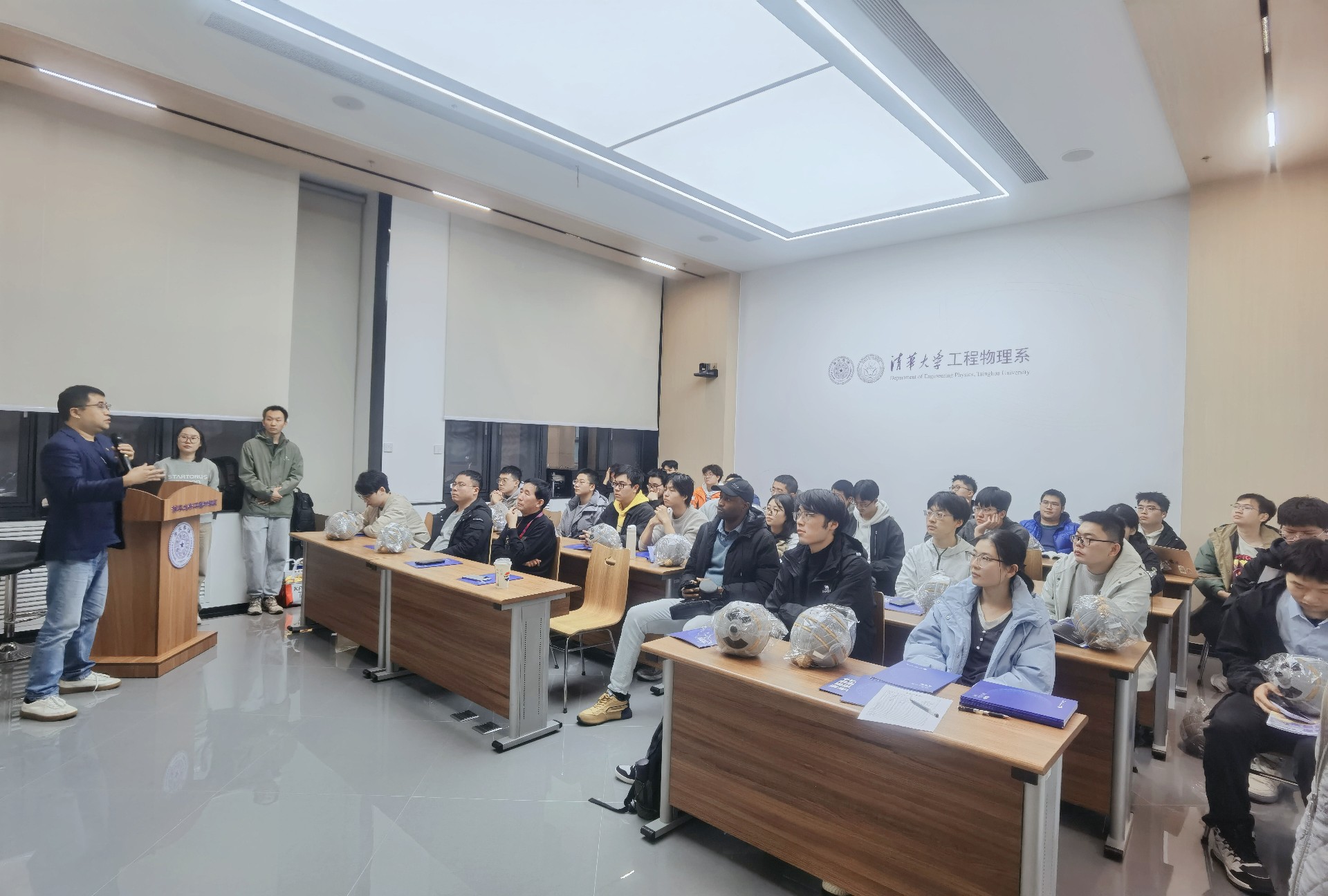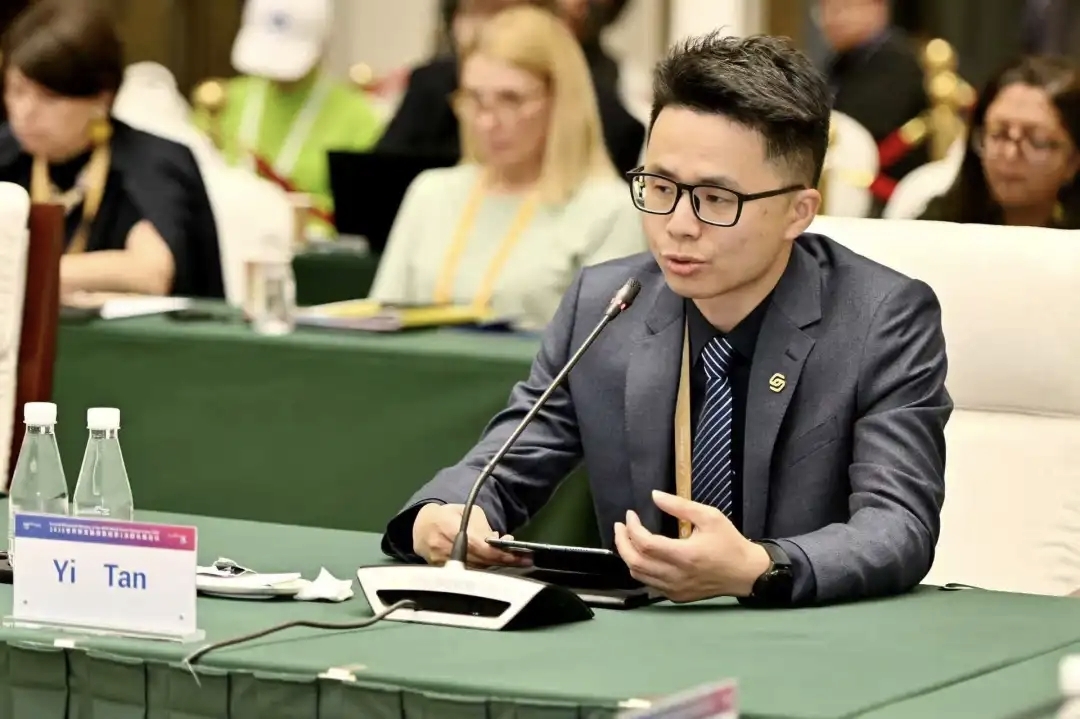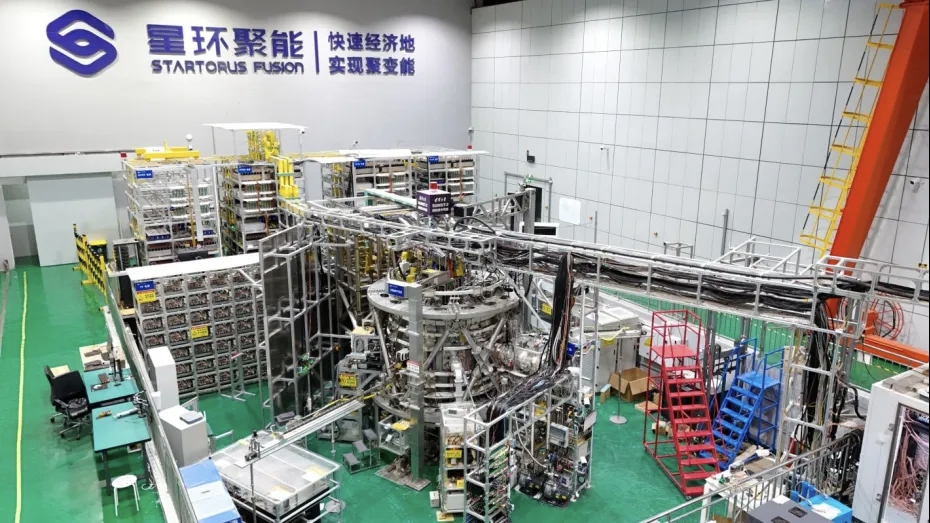Energy is the driving force behind the development of human society. Due to its advantages, including high energy density, abundant fuel supply, safety, and environmental friendliness, nuclear fusion energy is poised to become the ideal main energy source of the future. Countries worldwide, especially developed nations, are tirelessly pursuing research in controlled nuclear fusion. However, achieving controlled nuclear fusion reactions requires precise control of plasma under high temperatures and high pressures, a complexity that is challenging to manage. However, with the rapid development of artificial intelligence technology, AI is gradually becoming a crucial force in advancing controlled nuclear fusion.
The application of AI technology in the field of controlled nuclear fusion provides scientists with unprecedented data analysis and processing capabilities. By analyzing and learning from the vast amounts of data generated during reactions, AI can reveal the intrinsic laws of plasma movement, predict the progress and outcomes of reactions, and help researchers better understand the mechanisms of nuclear fusion reactions, optimize reaction conditions, and improve reaction efficiency.
AI technology also enhances the ability to control plasma during fusion reactions. Due to the trait that the state of the plasma changes rapidly under the high-temperature and high-pressure conditions of fusion, it requires real-time adjustments of parameters such as magnetic fields and temperature to maintain the stability of the reaction. AI can monitor the reaction process in real-time, quickly analyse data, and automatically adjust reaction parameters to ensure smooth progress. This intelligent control not only improves the stability and safety of the reaction but also significantly reduces the workload of researchers.
Moreover, by simulating and predicting fusion experiment processes, AI can shorten the experimental cycle, as well as reduce research and development costs, to help researchers better utilize existing resources and lower energy consumption. This efficient and intelligent R&D model provides strong support for the commercialization of controlled nuclear fusion technology.
The advancements in AI have brought new opportunities to the field of controlled nuclear fusion and will accelerate its commercialization. In the near future, humanity will gain access to virtually unlimited clean energy, leading to a further transformation and upgrade of the global energy structure.
[Below are the recent developments in the application of AI technology to the field of controlled nuclear fusion, particularly in areas such as plasma behaviour simulation, operational data monitoring, and parameter control. With the continuous progress of AI technology, the efficiency, stability, and controllability of fusion reactions have been improved, while R&D costs have been reduced. This has laid a solid foundation for the commercial application of controlled nuclear fusion.]
During the operation of a tokamak, accurate real-time control of the plasma and analysis of its instabilities are crucial. Traditional simulation methods rely on physical laws and mathematical models to describe the behaviour of the plasma, which typically involves complex and extensive calculations. This not only requires a significant time investment but also necessitates a deep understanding of physical processes to ensure the accuracy and reliability of the models. Utilizing AI for simulations can rapidly gather large amounts of data and efficiently handle complex calculations.
AI-enabled Plasma Profile Prediction
Published in 2021 in Nuclear Fusion
Title:Data-driven profile prediction for DIII-D
研究人员开发了一种全新的、完全数据驱动的算法,可利用神经网络根据给定的执行器轨迹和等离子体历史状态来预测等离子体剖面在未来的时间演化。研究人员将这个模型在DIII-D实验数据集上进行了训练和测试,发现该模型能够以微秒级的速度运行。这项实验结果,使其成为规划等离子体场景,用于实时预测控制的有用的工具。
AI-enabled Plasma Safety Factor Profile Reconstruction
Published in 2023 in Nuclear Fusion
Title:Reconstruction of tokamak plasma safety factor profile using deep learning
The safety factor q is an important quantity that needs to be calculated in plasma equilibrium reconstruction. Traditionally, plasma equilibrium reconstruction relies on external magnetic field measurement data, while internal measurements, such as data provided by the motional Stark effect (MSE), can significantly improve the accuracy of the equilibrium reconstruction. However, MSE data is not always available, especially in future devices without neutral beams.
To address this issue, the research team developed and tested a deep learning-based model (SGTC-QR), which generally reconstructs the q profile more accurately than EFIT01. The SGTC-QR model demonstrates superior capability in terms of speed and accuracy, able to generate q profiles for DIII-D experimental data lacking MSE data.
In tokamak reactors, plasma instability can lead to disruptions that not only halt the discharge but may also damage critical equipment. Therefore, predicting and controlling these instabilities is a key challenge in nuclear fusion research.
Compared to traditional monitoring methods, artificial intelligence (AI) can automatically mine precursors from historical experimental data, train binary classification algorithms on normal and abnormal operational data, couple dozens of diagnostic signals, and design complex decision metrics based on this information. Moreover, AI can act as a proxy model to perform real-time data analysis.
AI-Based Prediction of Plasma Disruptive Instabilities in DIII-D and JET
Published in 2019 in Nature
Title:Predicting disruptive instabilities in controlled fusion plasmas through deep learning
Researchers have proposed an advanced deep learning method, built upon previous machine learning approaches, called Fusion Recurrent Neural Network (FRNN), to enhance the prediction performance of plasma disruptions. This method leverages AI capabilities to improve both the accuracy and speed of predictions. The study was conducted using data from the largest tokamak in the United States, DIII-D, and the European JET tokamak, where the method was trained and tested, validating its effectiveness.
The article discusses the potential applications of deep learning models in the control of future fusion reactors and how the integration of machine learning with traditional modelling and simulation can drive progress in this field.
AI-Based Monitoring of Plasma Tearing Instabilities in DIII-D
Piblished in 2024 in Nature
Title:Avoiding fusion plasma tearing instability with deep reinforcement learning
Researchers have developed a multimodal dynamic model that predicts the likelihood of plasma tearing based on signals from multiple diagnostics and actuators. This dynamic model is used as a training environment for reinforcement learning AI, facilitating automated instability monitoring. The experiments were conducted on the largest tokamak in the United States, DIII-D. The results showed that the AI controller effectively reduced the likelihood of disruptive tearing instabilities in DIII-D, allowing the plasma to actively track a stable path within the time-varying operational space while maintaining H-mode performance. This paves the way for developing stable high-performance operational scenarios, which is of significant importance for the future use of tokamak reactors.
In the research process of controlled nuclear fusion, there are many types and quantities of parameters that can affect the plasma. To better understand the roles of these parameters, it is necessary to design circuits according to the situation.
Traditional control methods heavily rely on human intervention for configuring numerous parameters and control circuits. However, with artificial intelligence (AI) control, operators only need to specify the target plasma state. AI handles parameter adjustment and circuit design optimization strategies.
Beta Control in KSTAR Plasma
Published in 2021 in Nuclear Fusion
Title:Feedforward beta control in the KSTAR tokamak by deep reinforcement learning
In fusion research, the normalized beta (βN) is a key dimensionless parameter that represents the performance and economic viability of plasma. Controlling the value of βN is crucial for achieving efficient fusion power generation.
Researchers developed a virtual tokamak environment based on a Long Short-Term Memory (LSTM) network to simulate the plasma's response to external actuator control. Using this environment, they trained an artificial decision agent through AI algorithms to plan discharge scenarios to achieve a given target βN. The study used five years of KSTAR experimental data to train the LSTM network, upon which multiple reinforcement learning agents were trained to optimize their control strategies.
The results indicated that the operational scenarios determined through reinforcement learning could effectively control βN in KSTAR experiments, demonstrating the feasibility of this approach within KSTAR's normal operating range. This work provides a significant preliminary exploration for achieving stable and efficient fusion reactor operation through machine learning-based feedback control in the future.
AI-Based Ion Temperature Gradient Control
Published in 2021 in Nuclear Fusion
Title:Ion temperature gradient control using reinforcement learning technique
Plasmas with Internal Transport Barriers (ITBs) are highly suitable for steady-state operation in tokamak reactors due to their high confinement and high bootstrap current fraction. However, ITB plasmas can become unstable at large local pressure gradients, requiring careful control of the pressure profile. To achieve this, researchers developed an ion temperature gradient control system based on Neutral Beam Injection (NBI) and trained it using reinforcement learning techniques.
The results showed that using reinforcement learning techniques successfully developed a system capable of controlling the ion temperature gradient in ITB plasmas. The system's robustness, capable of adapting to plasmas with different ITB strengths, demonstrated superior performance compared to fixed-gain PID controllers.
AI-Based Magnetic Control of Plasma on TCV Device
Published in 2022 in Nature
Title:Magnetic control of tokamak plasmas through deep reinforcement learning
The research team designed a magnetic controller based on deep reinforcement learning (DRL) that learns and controls magnetic actuator coils in a tokamak by interacting with a tokamak simulator to shape and maintain high-temperature plasma. This approach not only significantly simplifies the design and development of controllers but also enhances robustness against uncertain operating conditions.
The control architecture also has potential scalability, allowing for rapid deployment on new tokamaks without requiring complex system design. This architecture will help provide evaluation recommendations before the construction of tokamaks and has the potential to discover new reactor designs through joint optimization of plasma shape, sensing, driving, and other factors.
AI Achieves Fully Automated 3D Field Optimization on Dual Tokamaks
Published in 2024 in Nature Communications
Title:Highest fusion performance without harmful edge energy bursts in tokamak
Researchers at PPPL (Princeton Plasma Physics Laboratory) used machine learning to prevent magnetic perturbations from disrupting the stability of fusion plasma.
PPPL researchers stated that this learning and adaptation capability can improve the control of fusion reactions in multiple ways. These include refining the design of the container surrounding the superheated plasma, optimizing heating methods, and maintaining stable control of the reaction for increasingly longer periods.
This study, for the first time, conducted innovative and integrated 3D field optimization on both KSTAR and DIII-D tokamaks. By combining machine learning (ML), adaptive, and multi-machine capabilities, it automatically accessed and achieved an almost entirely edge-burst-free state while improving plasma fusion performance from its initial burst suppression state. This is a significant milestone toward achieving edge-burst-free operation in future reactors.
Bibliography:
1.Data-driven profile prediction for DIII-D,36,2021,NF
2.Reconstruction of tokamak plasma safety factor profile using deep learning,5,2023,NF
3.Predicting disruptive instabilities in controlled fusion plasmas through deep learning,299,2019,Nature
4.Avoiding fusion plasma tearing instability with deep reinforcement learning,5,2024,Nature
5.Feedforward beta control in the KSTAR tokamak by deep reinforcement learning,47,2021,NF
6.Ion temperature gradient control using reinforcement learning technique,7,2021,NF
7.Magnetic control of tokamak plasmas through deep reinforcement learning,645,2022,Nature
8. Highest fusion performance without harmful edge energy bursts in tokamak.2024,Nat Commun 15





